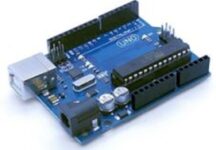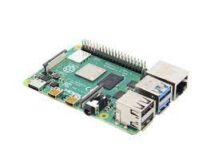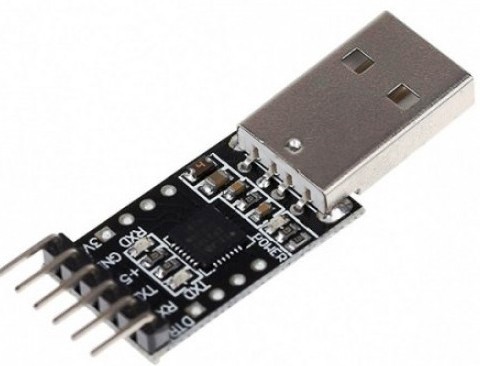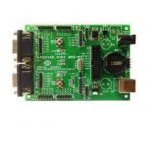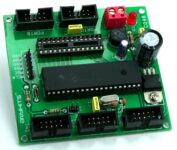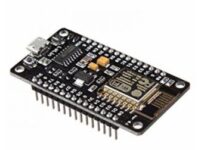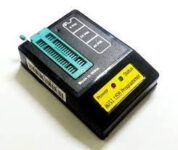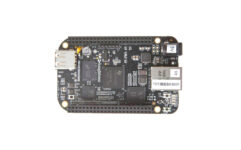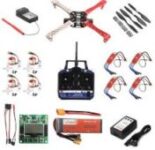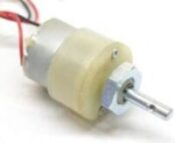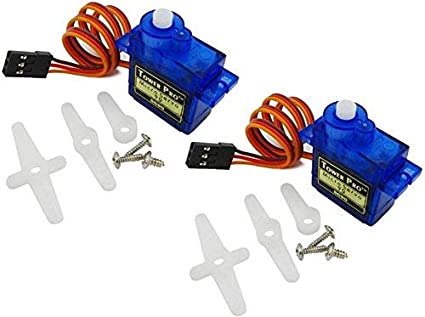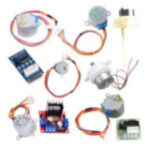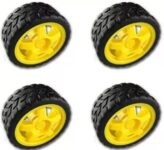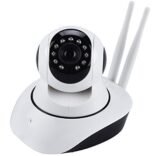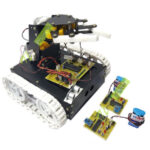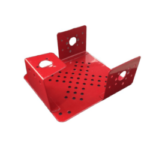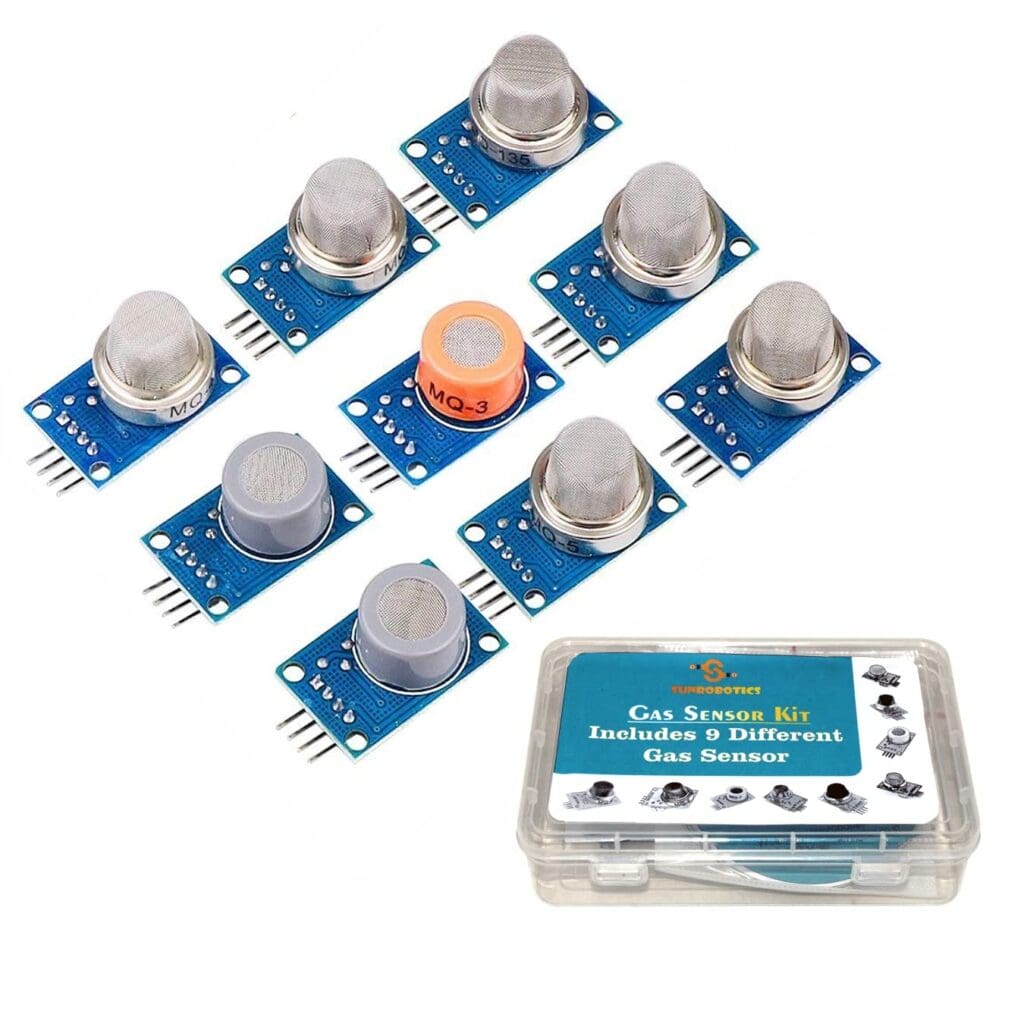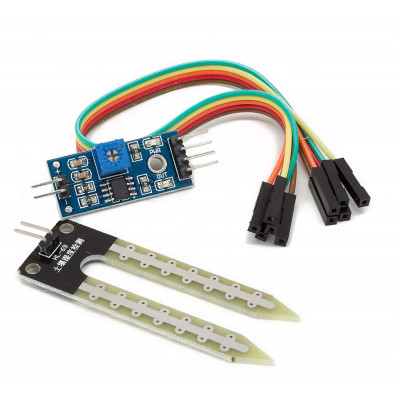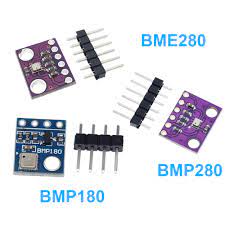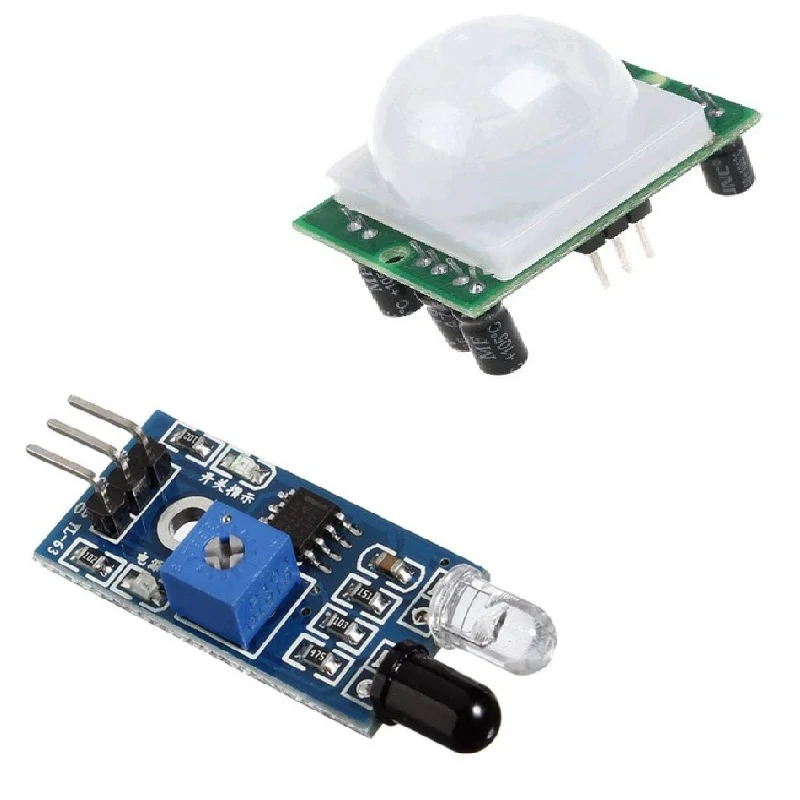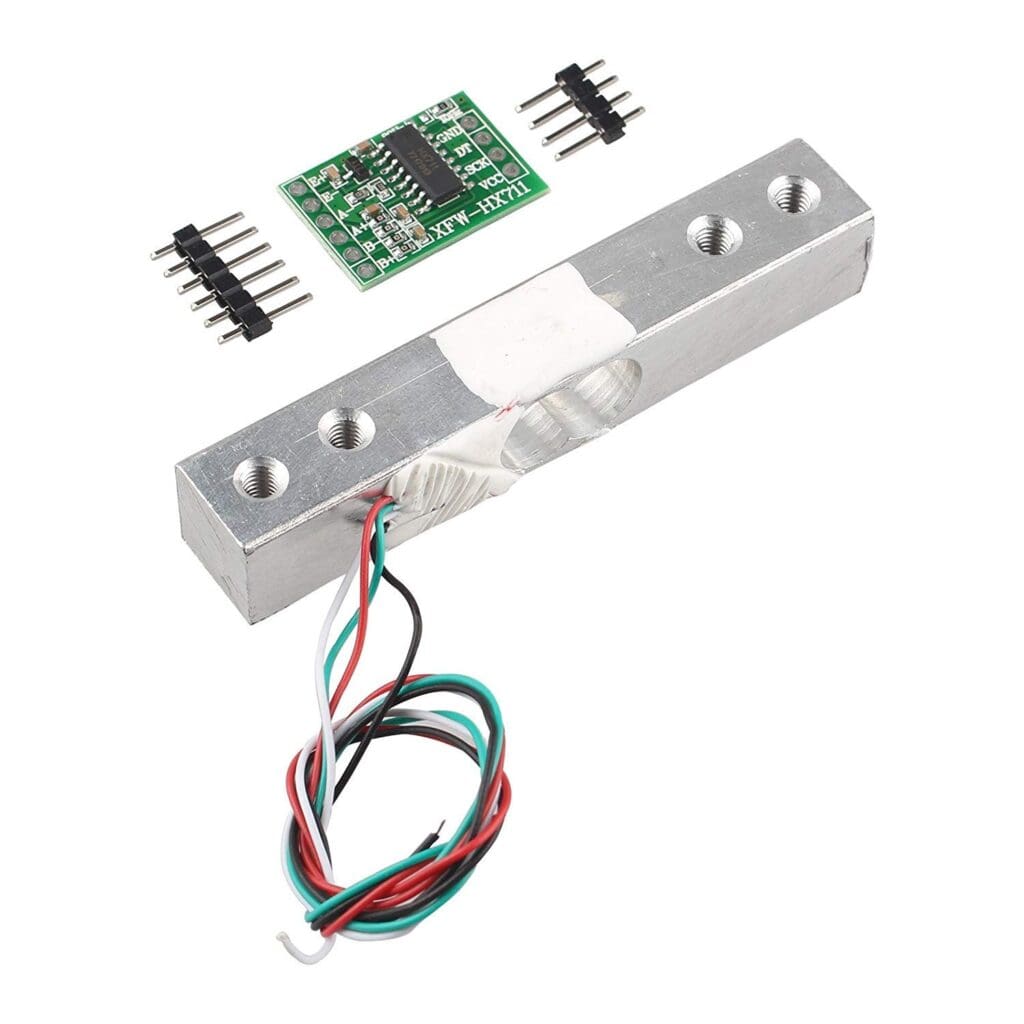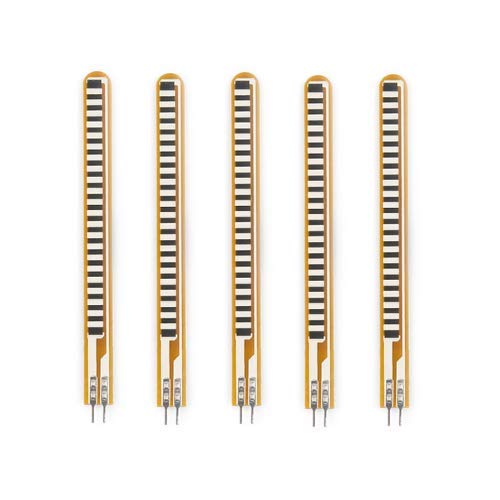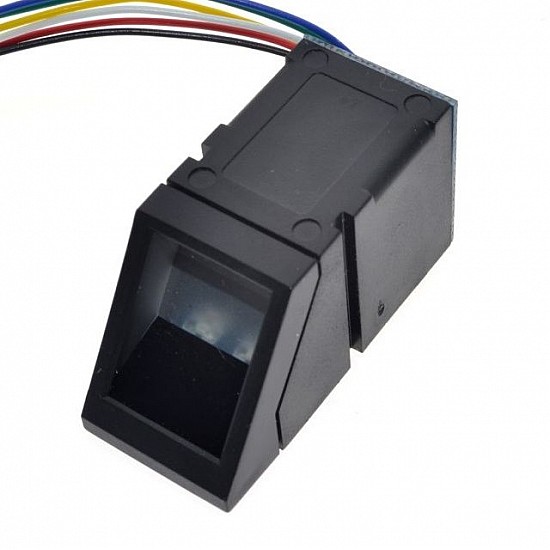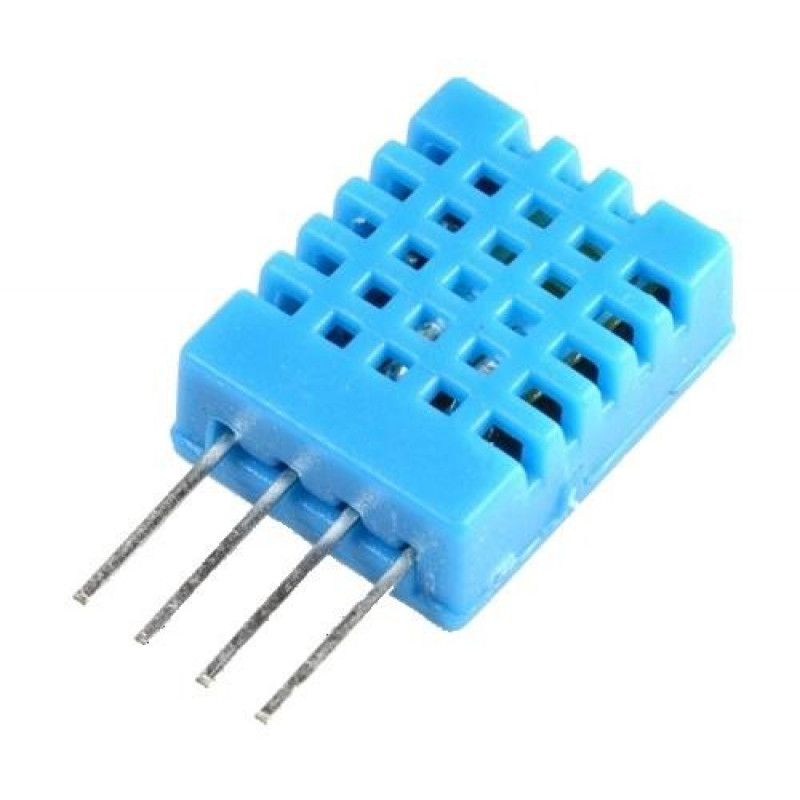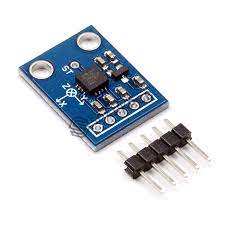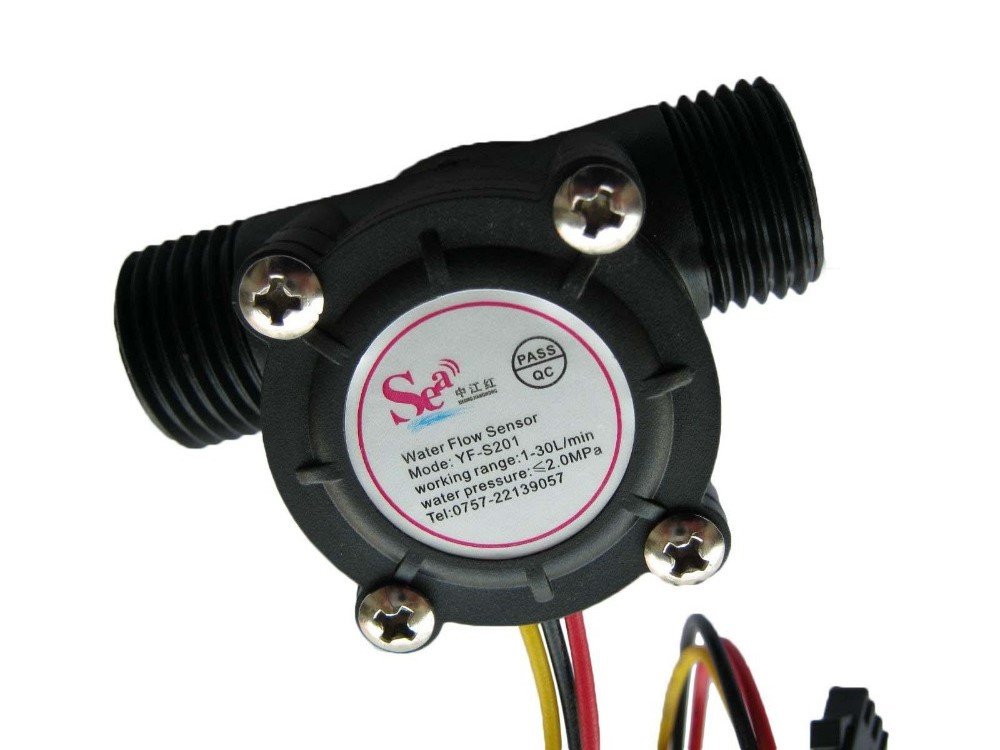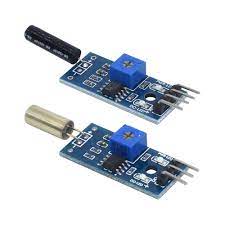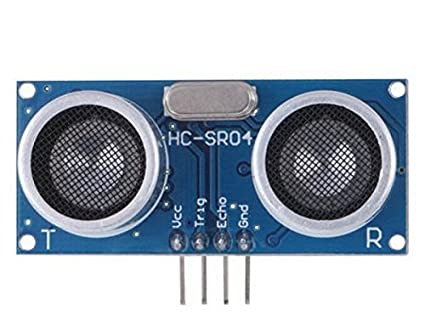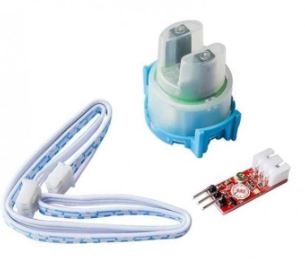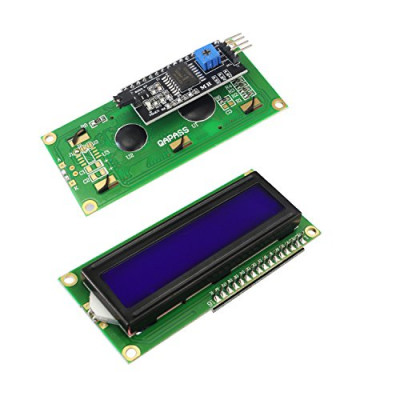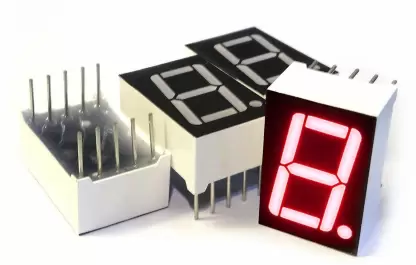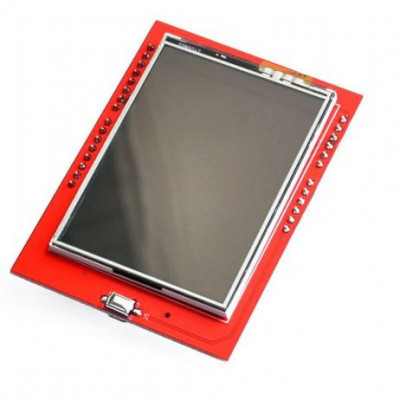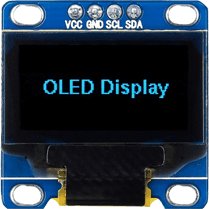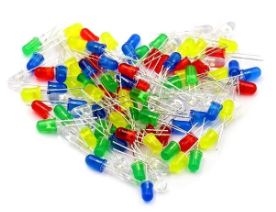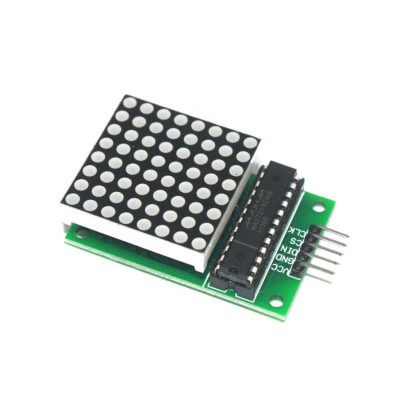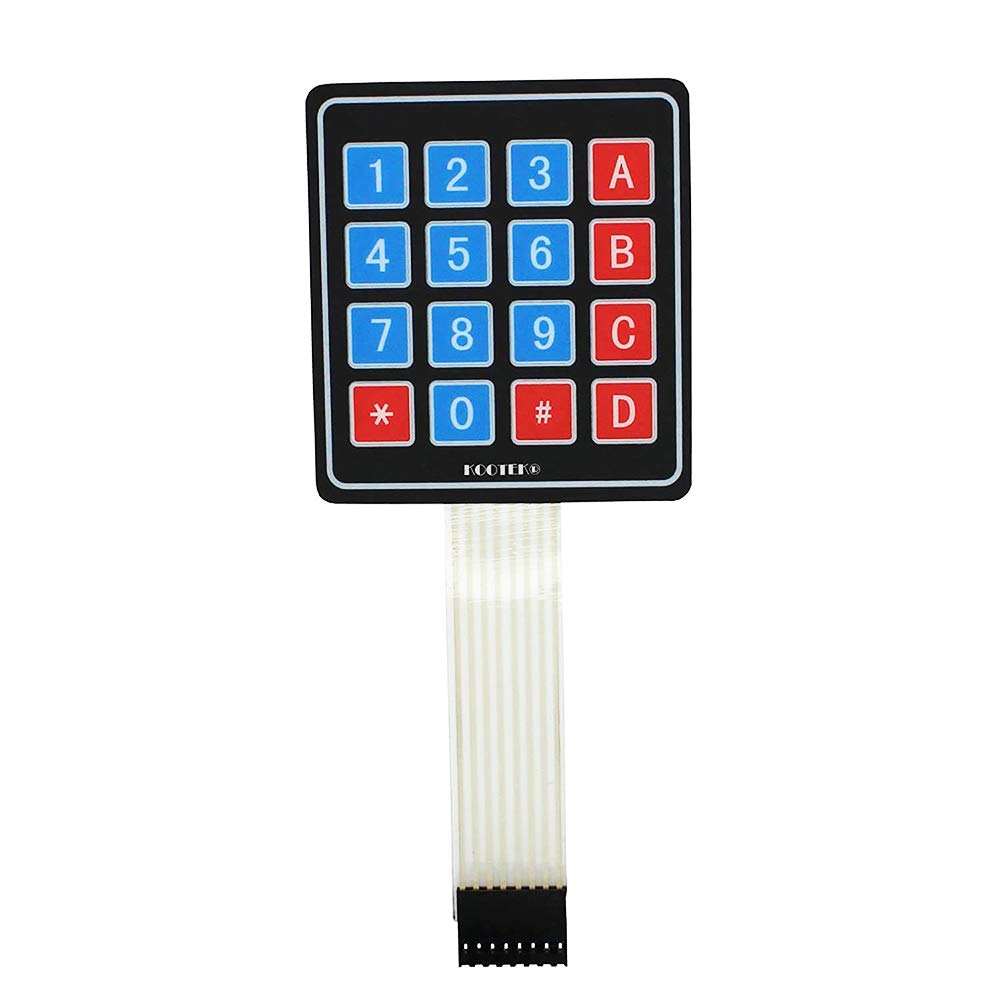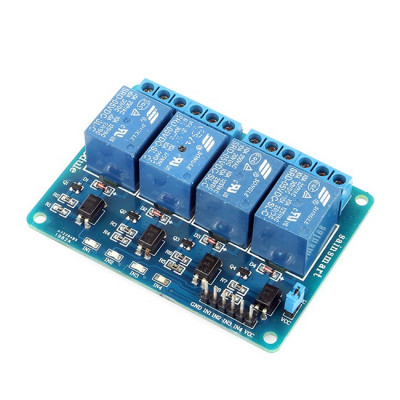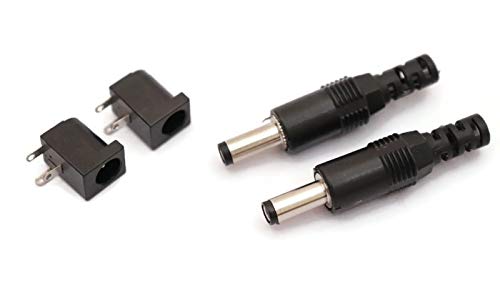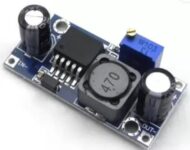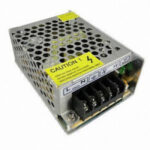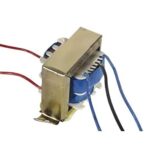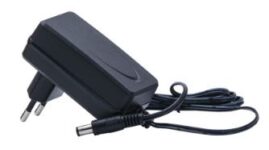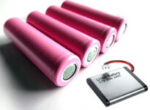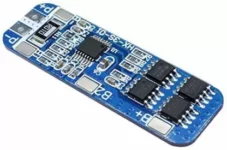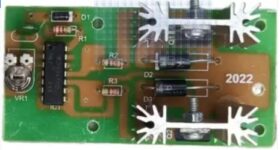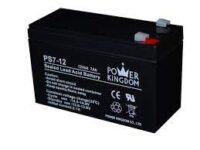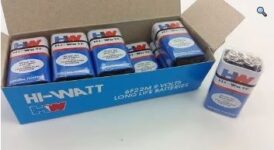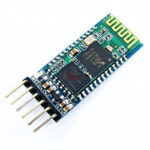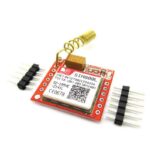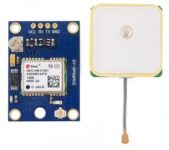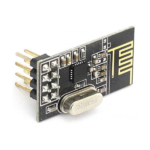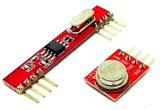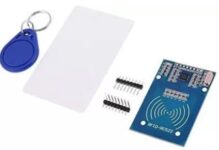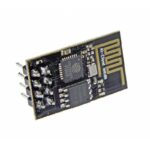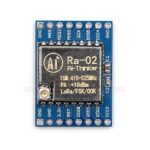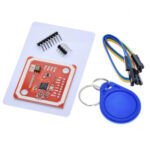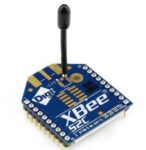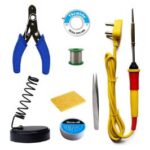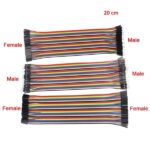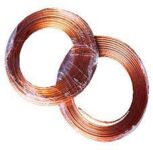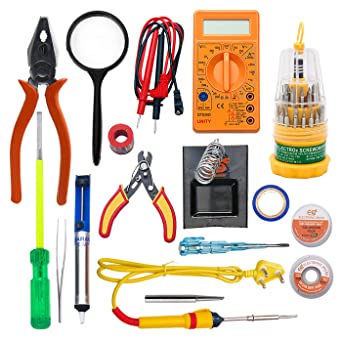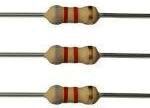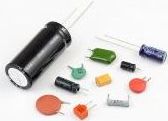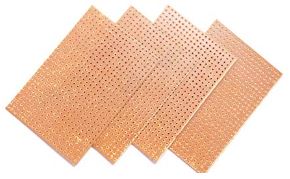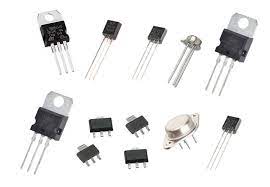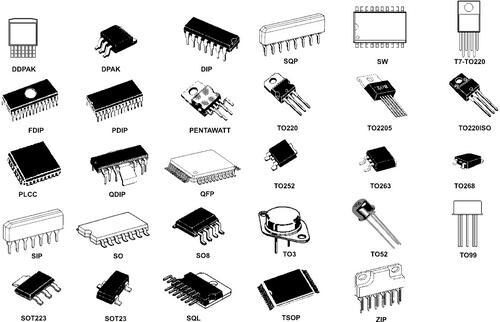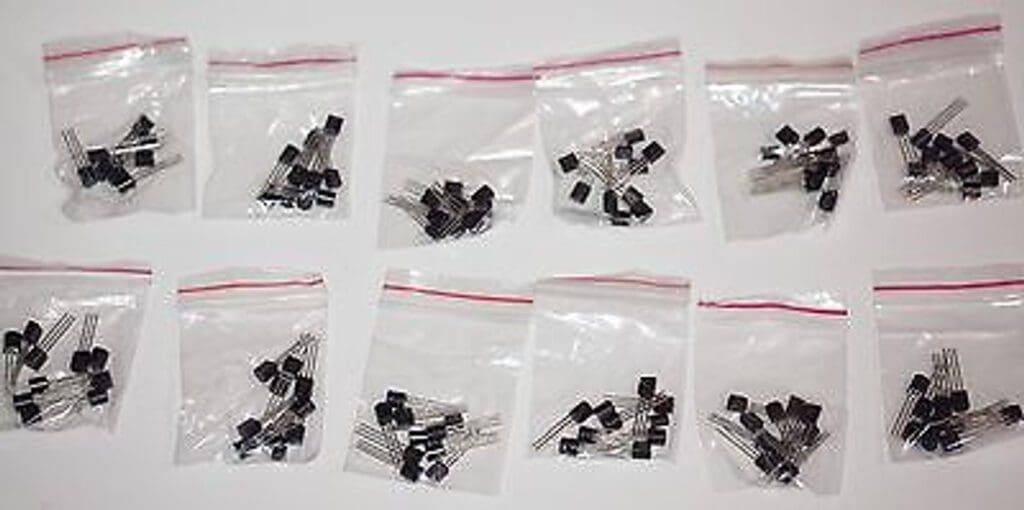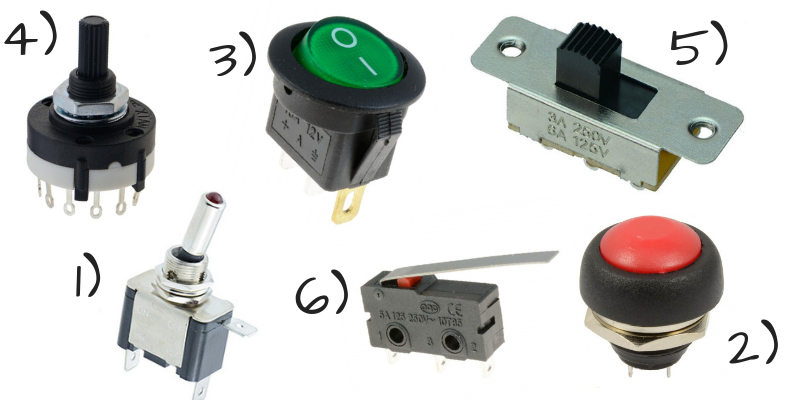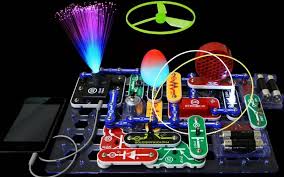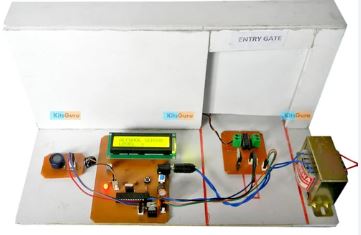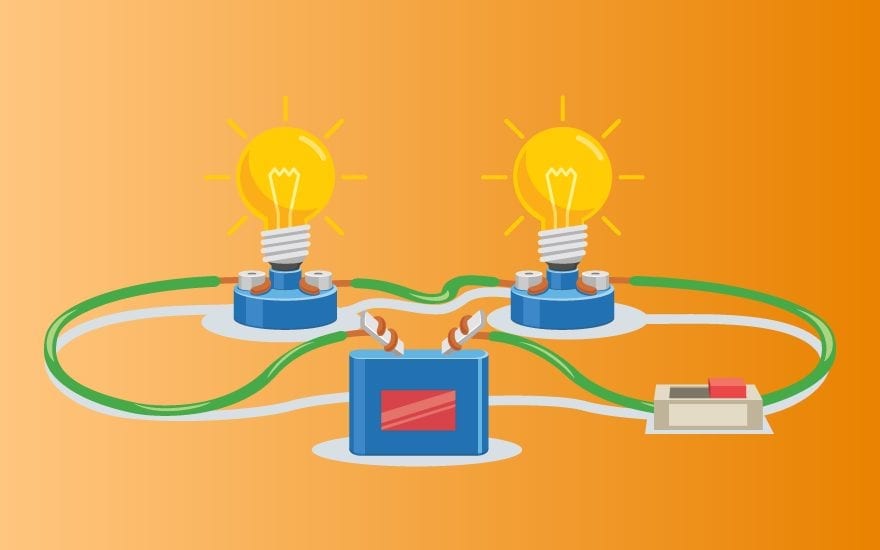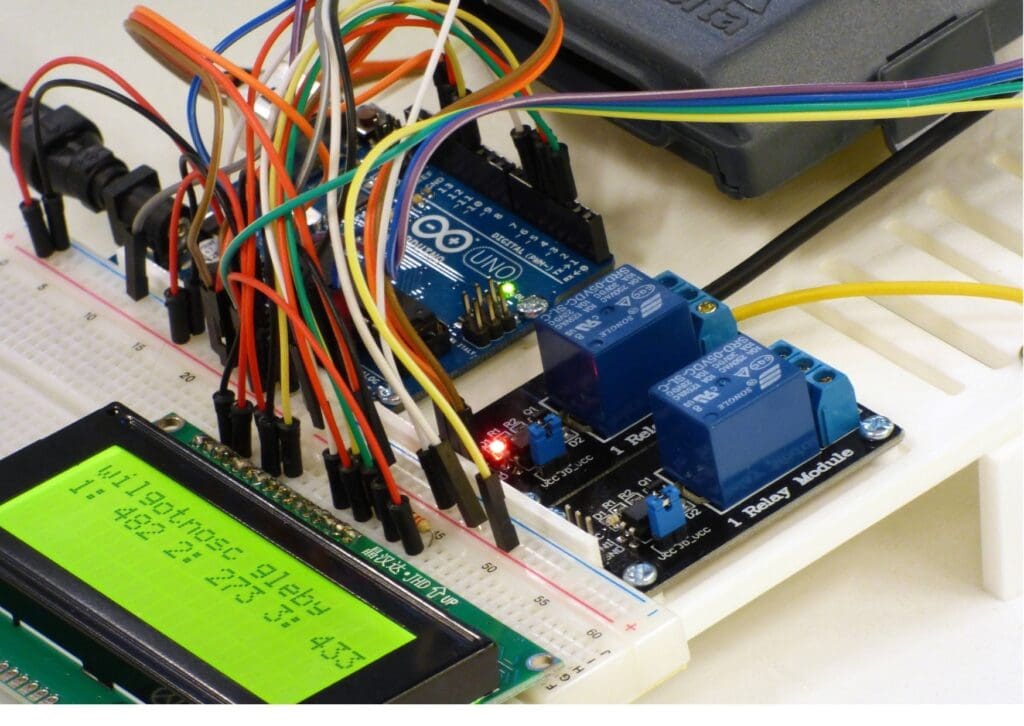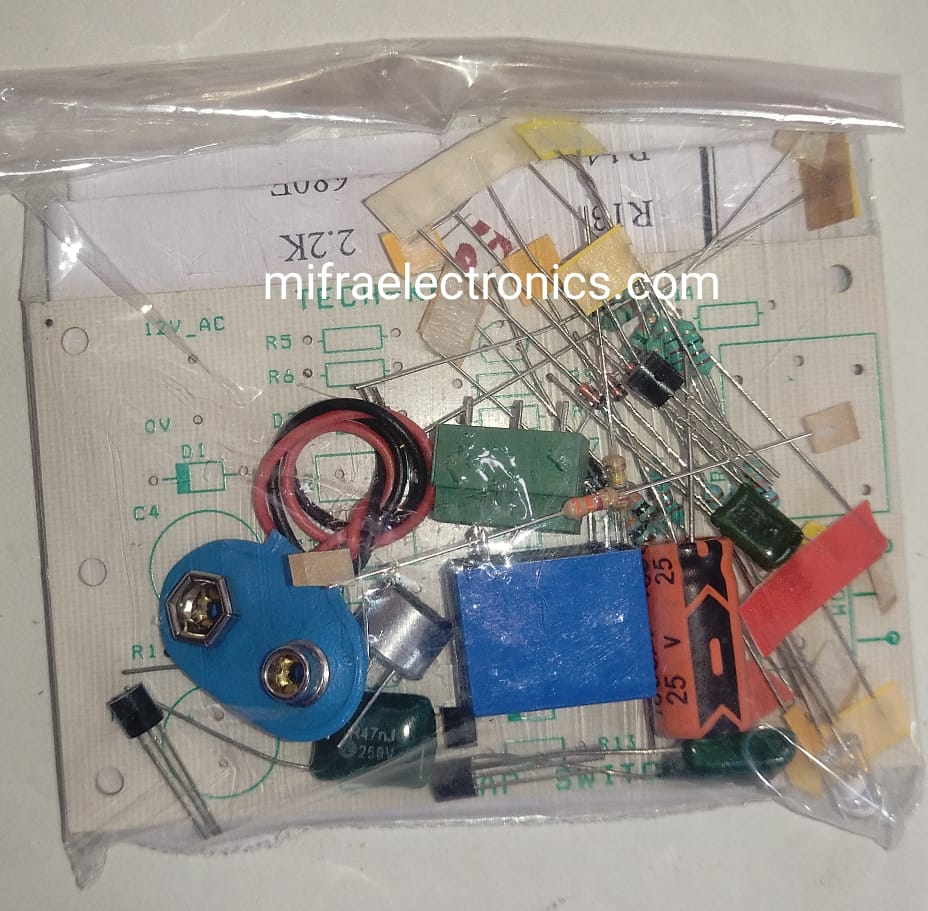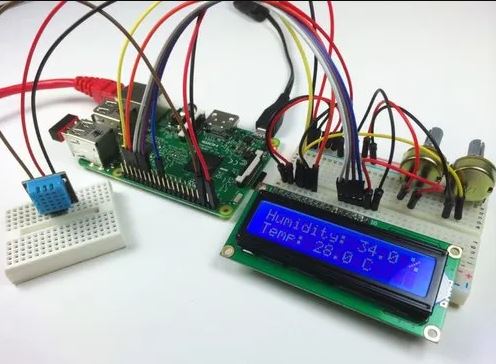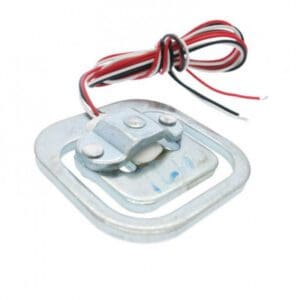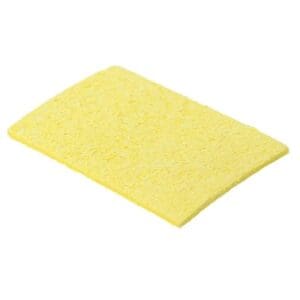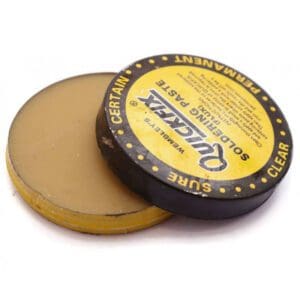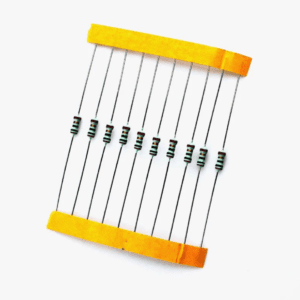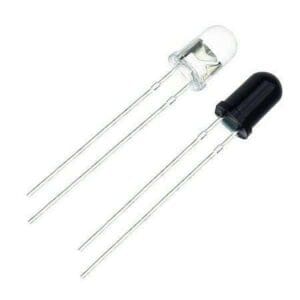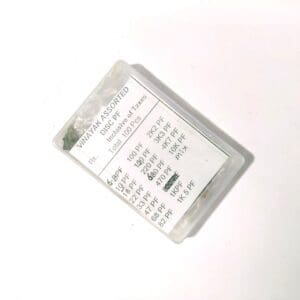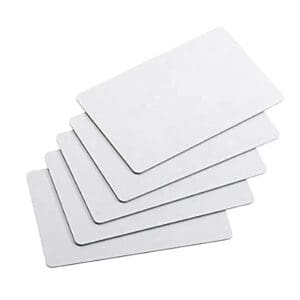Buy Electronic Components Online at low Price in India
Introduction:
Discover a vast array of electronic components available at unbeatable prices, right here in India. Whether you’re a hobbyist, student, or professional, our online store offers everything you need to bring your projects to life. From resistors and capacitors to integrated circuits and sensors, we source only the highest quality components to ensure reliability and performance. With convenient online ordering and fast shipping, getting the parts you need has never been easier.
Shop with confidence knowing that our prices are among the most competitive in the market without compromising on quality. Our extensive catalog includes components from leading manufacturers, ensuring compatibility and reliability for all your electronic endeavors. Explore our collection today and embark on your next project with ease and affordability.
At our online store, we prioritize customer satisfaction and aim to provide a seamless shopping experience. With a user-friendly interface and detailed product descriptions, finding the right components for your projects is hassle-free. Whether you’re working on DIY electronics, prototyping new designs, or conducting research, our comprehensive catalog has everything you need to turn your ideas into reality. Plus, with our commitment to quality and affordability, you can trust that you’re getting the best value for your money. Explore our collection today and unlock endless possibilities for your electronic creations.
-


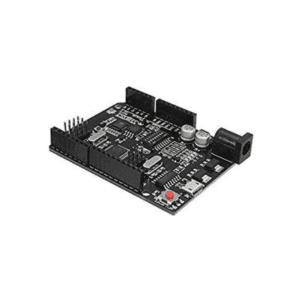 Rated 0 out of 5Sale!Add to cart
Rated 0 out of 5Sale!Add to cart₹850.00Original price was: ₹850.00.₹678.00Current price is: ₹678.00. -


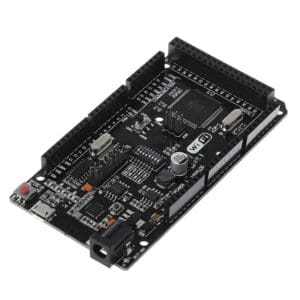 Rated 0 out of 5Sale!Add to cart
Rated 0 out of 5Sale!Add to cart₹1,690.00Original price was: ₹1,690.00.₹1,488.00Current price is: ₹1,488.00.
Projects Categories:
Products Categories:
- Robotics
- Actuators
- Camera Modules
- Drone Kits
- Drone Components
- Chassis
- DC Motors
- Other Robotic accessories
- Pick and Place Modules
- Robotic Kit
- Servo Motors
- Stepper Motors
- Wheels
- Microcontrollers & Programmers
- 8051 Microcontroller
- Arduino Microcontroller
- ARM Development Board
- Interface Module
- NODMCU / ESP Modules
- PIC Microcontroller
- Raspberry Pi
- Devices and Actuators
- Display Modules
- Sensors & Module
- Power Supply / Batteries
- Wireless modules
- Electronic Components
- Wholesale Market
-

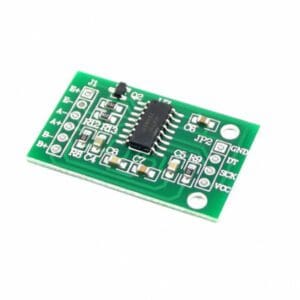 Rated 0 out of 5Sale!Add to cart
Rated 0 out of 5Sale!Add to cart₹105.00Original price was: ₹105.00.₹42.00Current price is: ₹42.00. -

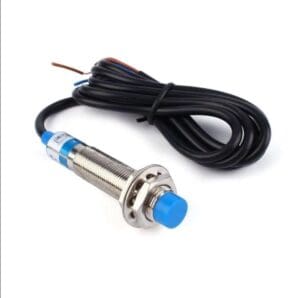 Rated 0 out of 5Sale!Add to cart
Rated 0 out of 5Sale!Add to cart₹359.00Original price was: ₹359.00.₹258.00Current price is: ₹258.00. -

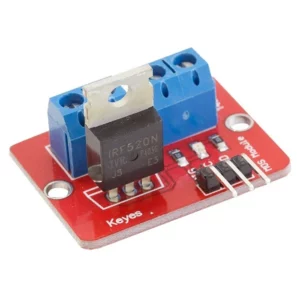 Rated 0 out of 5Sale!Add to cart
Rated 0 out of 5Sale!Add to cart₹149.00Original price was: ₹149.00.₹36.00Current price is: ₹36.00. -

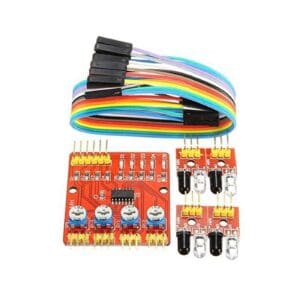 Rated 0 out of 5Sale!Add to cart
Rated 0 out of 5Sale!Add to cart₹210.00Original price was: ₹210.00.₹115.00Current price is: ₹115.00. -

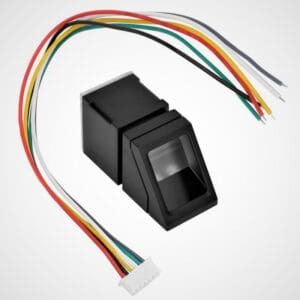 Rated 0 out of 5Sale!Add to cart
Rated 0 out of 5Sale!Add to cart₹1,450.00Original price was: ₹1,450.00.₹855.00Current price is: ₹855.00. -

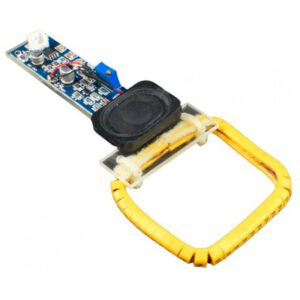 Rated 0 out of 5Sale!Add to cart
Rated 0 out of 5Sale!Add to cart₹689.00Original price was: ₹689.00.₹599.00Current price is: ₹599.00. -

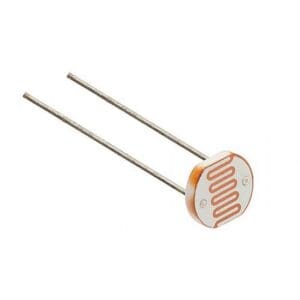 Rated 0 out of 5Sale!Add to cart
Rated 0 out of 5Sale!Add to cart₹100.00Original price was: ₹100.00.₹26.00Current price is: ₹26.00. -

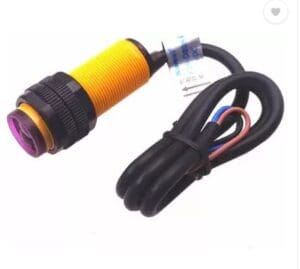 Rated 0 out of 5Sale!Add to cart
Rated 0 out of 5Sale!Add to cart₹450.00Original price was: ₹450.00.₹230.00Current price is: ₹230.00.
-

 Rated 0 out of 5Sale!Add to cart
Rated 0 out of 5Sale!Add to cart₹399.00Original price was: ₹399.00.₹249.00Current price is: ₹249.00. -


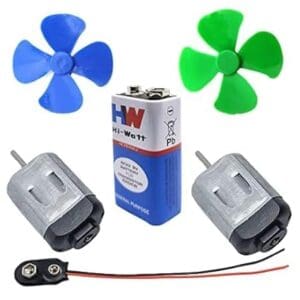 Rated 0 out of 5Sale!Add to cart
Rated 0 out of 5Sale!Add to cart₹229.00Original price was: ₹229.00.₹187.00Current price is: ₹187.00. -


 Rated 0 out of 5Sale!Add to cart
Rated 0 out of 5Sale!Add to cart₹399.00Original price was: ₹399.00.₹159.00Current price is: ₹159.00. -

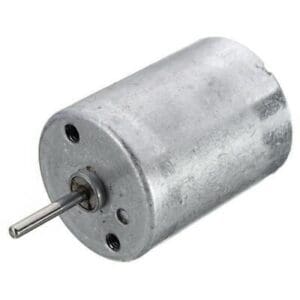 Rated 0 out of 5Sale!Add to cart
Rated 0 out of 5Sale!Add to cart₹360.00Original price was: ₹360.00.₹299.00Current price is: ₹299.00. -

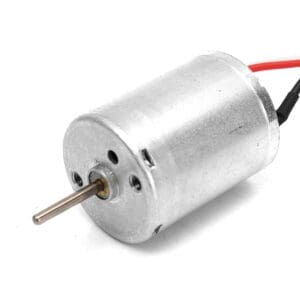 Rated 0 out of 5Sale!Add to cart
Rated 0 out of 5Sale!Add to cart₹250.00Original price was: ₹250.00.₹210.00Current price is: ₹210.00.
-

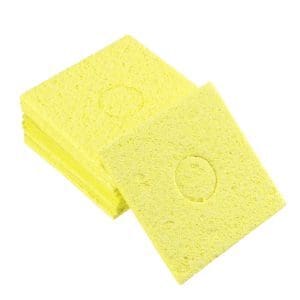 Rated 0 out of 5Sale!Add to cart
Rated 0 out of 5Sale!Add to cart₹130.00Original price was: ₹130.00.₹50.00Current price is: ₹50.00. -

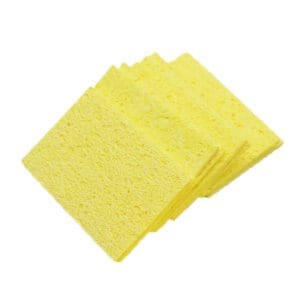 Rated 0 out of 5Sale!Add to cart
Rated 0 out of 5Sale!Add to cart₹130.00Original price was: ₹130.00.₹75.00Current price is: ₹75.00. -

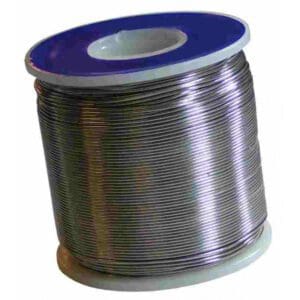 Rated 0 out of 5Sale!Add to cart
Rated 0 out of 5Sale!Add to cart₹1,200.00Original price was: ₹1,200.00.₹1,095.00Current price is: ₹1,095.00.
Microcontrollers
Microcontrollers are compact integrated circuits designed to execute specific tasks within electronic systems. They typically contain a CPU (central processing unit), memory, input/output peripherals, and other essential components all on a single chip. Microcontrollers serve as the brain of various devices, controlling functions such as sensing, processing, and actuating.
Some popular microcontrollers in the market include:
- Arduino Uno
- Raspberry Pi Pico
- ESP32
- PIC Microcontroller
- Atmega328
- 8051Board
Each of these microcontrollers has its own strengths and applications, catering to different needs and requirements in various projects and applications. Whether you’re a beginner or an experienced developer, there’s a microcontroller out there to suit your needs, from simple DIY projects to complex embedded systems.
- Arduino Uno: A popular choice for beginners and hobbyists, the Arduino Uno offers a user-friendly platform for prototyping and experimenting with electronics projects. Its versatile input/output pins make it easy to interface with sensors, actuators, and other components.
- Raspberry Pi Pico: The Raspberry Pi Pico is a microcontroller board powered by the RP2040 chip, offering advanced features like dual-core ARM Cortex-M0+ processors and programmability with microPython and C/C++. It’s ideal for projects requiring higher performance and capabilities.
- ESP32: Known for its built-in Wi-Fi and Bluetooth capabilities, the ESP32 is widely used in IoT (Internet of Things) applications. It offers a powerful combination of performance, connectivity, and low power consumption, making it suitable for a wide range of projects.
- PIC Microcontroller: The PIC microcontroller series from Microchip Technology is renowned for its reliability and versatility. With a wide range of models available, each offering various features and specifications, PIC microcontrollers are widely used in industrial, automotive, and consumer electronics applications.
- Atmega328: The Atmega328 is a popular microcontroller chip used in Arduino boards and other electronics projects. It offers a good balance of performance, power consumption, and cost, making it suitable for a wide range of applications, from simple gadgets to more complex systems.
- 8051 Board: The 8051 microcontroller is a classic choice for embedded systems and educational purposes. 8051 boards provide a platform for learning about microcontroller programming and interfacing with various peripherals, making them valuable tools for students and hobbyists alike.
Sensor Modules
Sensor modules are compact devices designed to detect and measure physical quantities or environmental conditions. They play a crucial role in modern electronics by providing input data for a wide range of applications, from monitoring environmental parameters to controlling industrial processes.
These modules typically consist of a sensor element, signal conditioning circuitry, and sometimes a microcontroller for processing the sensor data. They come in various types, including temperature sensors, humidity sensors, motion sensors, proximity sensors, and many more, each serving a specific purpose.
Sensor modules offer convenience and versatility, allowing users to integrate sensing capabilities into their projects with minimal effort. Whether you’re building a home automation system, designing a wearable device, or creating a smart IoT device, sensor modules provide the necessary data input to make your project functional and intelligent.
Some popular Sensor Modules :
- Temperature Sensor Module
- Humidity Sensor Module
- Motion Sensor Module
- Proximity Sensor Module
- Light Sensor Module
- Sound Sensor Module
- Gas Sensor Module
- Pressure Sensor Module
- Infrared (IR) Sensor Module
- Ultrasonic Sensor Module
- Moisture Sensor Module
- Touch Sensor Module
- Temperature Sensor Module: Measure temperature accurately with our reliable sensor module, ideal for environmental monitoring and HVAC systems.
- Humidity Sensor Module: Monitor humidity levels effortlessly with our precise sensor module, perfect for climate control and agriculture applications.
- Motion Sensor Module: Detect motion swiftly and effectively with our responsive sensor module, essential for security systems and automated lighting.
- Proximity Sensor Module: Sense objects in close proximity with our versatile sensor module, great for robotics and touchless interfaces.
- Light Sensor Module: Capture ambient light levels with our sensitive sensor module, essential for automatic brightness adjustment and energy-saving applications.
- Sound Sensor Module: Detect sound frequencies with our advanced sensor module, perfect for audio recording and noise monitoring.
- Gas Sensor Module: Detect various gases with our accurate sensor module, crucial for safety systems and environmental monitoring.
- Pressure Sensor Module: Measure pressure changes with our precise sensor module, essential for altimeter and barometer applications.
- Infrared (IR) Sensor Module: Detect infrared radiation with our efficient sensor module, ideal for remote controls and presence detection.
- Ultrasonic Sensor Module: Measure distance accurately with our versatile sensor module, great for robotics and obstacle detection.
- Moisture Sensor Module: Monitor soil moisture levels with our reliable sensor module, essential for agriculture and plant care.
- Touch Sensor Module: Detect touch interactions with our sensitive sensor module, perfect for interactive displays and smart appliances.
Drone Parts
Drone parts are essential components that make up unmanned aerial vehicles (UAVs), commonly known as drones. These parts include everything from the frame and motors to the flight controller and camera system, each playing a crucial role in the drone’s functionality and performance.
- Drone parts are essential components that make up unmanned aerial vehicles (UAVs), commonly known as drones. These parts include everything from the frame and motors to the flight controller and camera system, each playing a crucial role in the drone’s functionality and performance.
- Frame: The frame serves as the structural backbone of the drone, providing support and housing for all other components.
- Motors: Motors are responsible for generating the thrust needed to propel the drone through the air. They come in various sizes and configurations, depending on the drone’s size and payload capacity.
- Propellers: Propellers are attached to the motors and are responsible for generating lift and thrust by spinning rapidly. They come in pairs, with each pair rotating in opposite directions to ensure stability during flight.
- Flight Controller: The flight controller is the brain of the drone, responsible for interpreting input from the pilot or autopilot system and adjusting the drone’s motors accordingly to maintain stability and control.
- Electronic Speed Controllers (ESCs): ESCs regulate the speed of the drone’s motors by controlling the amount of power supplied to them. They receive commands from the flight controller and translate them into specific motor speeds.
- Battery: The battery provides the drone with the necessary power to operate its motors, flight controller, and other onboard electronics. Lithium-ion and lithium-polymer batteries are commonly used due to their high energy density and lightweight.
- GPS Module: GPS modules enable the drone to determine its position and navigate accurately. They are essential for autonomous flight modes and precise waypoint navigation.
- Camera System: Many drones are equipped with camera systems for capturing photos and videos from the air. These systems often include a camera, gimbal, and image transmission system for real-time video streaming.
Lithium-ion Batteries
Lithium-ion batteries are rechargeable power sources widely used in various electronic devices, from smartphones and laptops to electric vehicles and renewable energy storage systems. These batteries offer high energy density, long cycle life, and relatively low self-discharge rates compared to other rechargeable battery chemistries.
One of the key advantages of lithium-ion batteries is their high energy density, which allows them to store a significant amount of energy in a compact and lightweight package. This makes them ideal for portable electronic devices where space and weight are critical considerations. Additionally, lithium-ion batteries have a long cycle life, meaning they can be recharged and discharged many times before needing replacement, making them cost-effective and environmentally friendly.
Soldering Tools
Soldering tools are essential equipment used in electronics assembly and repair tasks, allowing for the joining of components and wires through the application of molten solder. These tools are crucial for creating strong and reliable electrical connections in electronic circuits.
- Soldering Iron: The soldering iron is the primary tool used for heating solder to its melting point. It consists of a heated metal tip, typically made of copper or iron, and a handle for gripping. Soldering irons come in various wattages and tip sizes to accommodate different soldering tasks.
- Soldering Station: A soldering station is a complete soldering system that includes a soldering iron, temperature control unit, and soldering stand. It provides precise temperature regulation and stability, making it ideal for professional soldering work.
- Solder Wire: Solder wire is a fusible metal alloy used to create electrical connections between components. It typically consists of a mixture of tin and lead, although lead-free solder wire is also available for environmentally friendly applications.
- Soldering Flux: Soldering flux is a chemical compound applied to the joint area before soldering to improve wetting and bonding between the solder and the metal surfaces. It helps remove oxidation and impurities from the soldering surfaces, ensuring a strong and reliable solder joint.
- Desoldering Pump: A desoldering pump, also known as a solder sucker, is used to remove excess solder from joints or components. It works by creating a vacuum to suck up molten solder, allowing for easy removal and rework of soldered connections.
- Soldering Tweezers: Soldering tweezers are specialized tools used for holding and positioning small components during soldering. They come in various shapes and sizes, with heat-resistant tips to withstand the high temperatures of soldering.
- Soldering Wick: Soldering wick, also known as desoldering braid, is a braided copper wire used to remove excess solder and clean up soldering joints. It works by absorbing molten solder through capillary action, leaving behind clean and tidy joints.
Motors and Actuators
Motors and actuators are electromechanical devices used to convert electrical energy into mechanical motion, making them essential components in a wide range of applications, from robotics and automation to automotive and aerospace industries. While motors primarily generate rotary motion, actuators are responsible for producing linear or rotational motion to perform specific tasks.
- DC Motors: Direct current (DC) motors are widely used for various applications due to their simplicity, affordability, and ease of control. They consist of a rotating armature or rotor and a stationary set of magnets or field windings. DC motors are commonly used in applications such as electric vehicles, drones, and home appliances.
- Servo Motors: Servo motors are small, precise motors that offer accurate control over angular position, velocity, and acceleration. They are commonly used in robotics, CNC machines, and remote-controlled vehicles for precise motion control tasks.
- Stepper Motors: Stepper motors are electromechanical devices that convert digital pulses into precise incremental movements. They are widely used in applications such as 3D printers, CNC machines, and linear actuators for accurate positioning and control.
- Brushless DC (BLDC) Motors: Brushless DC motors offer high efficiency, low maintenance, and improved reliability compared to traditional brushed DC motors. They are commonly used in applications such as drones, electric vehicles, and industrial automation systems.
- Linear Actuators: Linear actuators are devices that convert rotary motion into linear motion, allowing for precise control over linear displacement. They are commonly used in applications such as robotic arms, medical devices, and industrial machinery.
- Hydraulic Actuators: Hydraulic actuators use pressurized fluid to generate linear or rotary motion. They offer high force output and are commonly used in heavy-duty applications such as construction equipment, aerospace systems, and hydraulic presses.
- Pneumatic Actuators: Pneumatic actuators use compressed air to generate linear or rotary motion. They are lightweight, cost-effective, and suitable for applications such as automation, robotics, and industrial machinery.
Wireless Modules, Breadboards, LED Lights
Wireless Modules:
Wireless modules are electronic devices that enable wireless communication between different devices or systems. They utilize various wireless technologies such as Wi-Fi, Bluetooth, Zigbee, and LoRa to transmit data over short or long distances without the need for physical cables. Wireless modules are commonly used in applications such as IoT (Internet of Things), remote control systems, wireless sensor networks, and communication between electronic devices.
Some Wireless Modules:
- ESP8266 Wi-Fi Module
- HC-05 Bluetooth Module
- NRF24L01 Wireless Transceiver Module
- Zigbee Wireless Modules
- LoRa Radio Modules
- ESP8266 Wi-Fi Module: A popular Wi-Fi module known for its low cost, ease of use, and versatility. It is widely used in IoT projects and DIY electronics due to its compatibility with Arduino and other development platforms.
- HC-05 Bluetooth Module: A commonly used Bluetooth module that provides wireless communication between devices over short distances. It is ideal for applications such as wireless audio streaming, serial communication, and remote control systems.
- NRF24L01 Wireless Transceiver Module: A low-cost RF (radio frequency) transceiver module that operates in the 2.4GHz ISM band. It is commonly used in wireless sensor networks, remote control systems, and data transmission applications.
- Zigbee Wireless Modules: Zigbee modules offer low-power, low-data-rate wireless communication suitable for applications such as home automation, smart lighting, and industrial control systems.
- LoRa Radio Modules: LoRa modules utilize long-range, low-power radio frequency technology for wireless communication over considerable distances. They are commonly used in IoT applications, smart agriculture, and remote monitoring systems.
Breadboards:
Breadboards are solderless prototyping boards used to create temporary electrical connections for electronic circuits. They consist of a grid of holes with metal clips underneath that allow components to be inserted and connected without the need for soldering. Breadboards are commonly used by hobbyists, students, and professionals for experimenting with and testing electronic circuits before finalizing them on a more permanent PCB (printed circuit board).
Some Breadboards:
- MB-102 Solderless Breadboard
- BB400 Solderless Breadboard
- Mini Breadboard
- Power Supply Breadboard
- Transparent Breadboard
- MB-102 Solderless Breadboard: A popular choice for prototyping circuits with its large, versatile design and built-in power rails.
- BB400 Solderless Breadboard: A smaller, more compact breadboard suitable for smaller projects and portable setups.
- Mini Breadboard: A miniature breadboard ideal for small-scale projects and testing individual components.
- Power Supply Breadboard: A breadboard with built-in power supply modules, allowing for easy power distribution to connected components.
- Transparent Breadboard: A clear plastic breadboard that offers visibility of the internal connections, making it easier to troubleshoot and debug circuits.
LED Lights:
LED lights are semiconductor devices that emit light when an electric current passes through them. They are highly efficient, durable, and long-lasting compared to traditional incandescent and fluorescent lights. LED lights come in various shapes, sizes, colors, and brightness levels, making them suitable for a wide range of applications, including indoor and outdoor lighting, automotive lighting, signage, displays, and decorative lighting.
Some LED Lights:
- LED Light Strips
- LED Bulbs
- LED Panel Lights
- LED Spotlights
- RGB LED Modules
- LED Light Strips: Flexible strips of LED lights commonly used for accent lighting, mood lighting, and decorative purposes.
- LED Bulbs: LED light bulbs designed to replace traditional incandescent or fluorescent bulbs in residential and commercial lighting fixtures.
- LED Panel Lights: Flat, surface-mounted LED light panels used for general illumination in offices, schools, hospitals, and other commercial spaces.
- LED Spotlights: Directional LED lights used for spotlighting, accent lighting, and task lighting in indoor and outdoor applications.
- RGB LED Modules: LED modules capable of producing light in multiple colours, often used for decorative lighting, signage, and architectural lighting applications.
Electronic Components and Accessories
Electronic components and accessories encompass a wide range of essential elements used in electronic circuits and systems. These components play vital roles in various applications, from basic circuit construction to complex electronic projects and devices.
1. Jumper Wire:
Jumper wires are flexible wires with connectors at each end used to create temporary electrical connections on breadboards, PCBs, and other electronic assemblies.
2. Copper Coil:
Copper coils are wire coils made from copper conductors wound around a core material, commonly used in inductors, transformers, and electromagnets.
3. Inductors and Coils:
Inductors and coils are passive electronic components designed to store energy in the form of a magnetic field when current flows through them. They are used in various circuits for filtering, energy storage, and impedance matching.
4. USB LED Lights:
USB LED lights are small, portable lighting devices powered by USB ports, commonly used for task lighting, reading, and illuminating small spaces such as laptop keyboards or workstations.
5. Electronic Tools:
Electronic tools encompass a wide range of tools and equipment used for electronic assembly, repair, and prototyping, including soldering irons, multimeters, oscilloscopes, and wire strippers.
6. Electronic Accessories:
Electronic accessories include various auxiliary components and peripherals used in conjunction with electronic devices and systems, such as cables, connectors, adapters, and enclosures.
7. Semiconductor Diodes:
Semiconductor diodes are electronic devices that allow current to flow in one direction while blocking it in the opposite direction. They are used in rectifier circuits, signal demodulation, and voltage regulation.
8. Resistors:
Resistors are passive electronic components designed to resist the flow of electrical current. They are used to control current flow, adjust signal levels, and set circuit operating conditions.
9. Capacitors:
Capacitors are passive electronic components used to store electrical energy temporarily in an electric field. They are used in various applications, including filtering, coupling, and energy storage.
10. General Purpose PCB:
General-purpose PCBs (printed circuit boards) are flat boards made of insulating material with conductive tracks printed or etched onto their surfaces. They provide a platform for mounting and interconnecting electronic components in circuits.
11. Electronic Kits and Parts:
Electronic kits and parts include pre-packaged sets of components and modules designed for specific projects or learning purposes. They are often used by hobbyists, students, and enthusiasts to build electronic devices and systems.
12. Regulators:
Regulators are electronic devices used to regulate or control voltage or current levels in electronic circuits. They are commonly used in power supplies, voltage regulators, and voltage reference circuits.
13. IC (Integrated Circuit):
Integrated circuits, or ICs, are miniature electronic circuits consisting of interconnected semiconductor devices and passive components fabricated onto a single chip. They are used in virtually all electronic devices and systems, from computers and smartphones to automotive electronics and medical devices.
14. Transistors:
Transistors are semiconductor devices used for amplifying or switching electronic signals. They are fundamental building blocks in electronic circuits, serving various functions such as amplification, switching, and signal modulation.
15. Switches:
Switches are electromechanical devices used to interrupt or divert the flow of electrical current in a circuit. They come in various types, including toggle switches, push-button switches, slide switches, and rotary switches, and are used for controlling power, signal routing, and user input.
These examples represent just a fraction of the vast array of electronic components and accessories available in the market. Whether you’re a hobbyist, student, or professional engineer, having access to a wide range of components and accessories is essential for successful electronic projects and designs.
Conclusion:
Electronics components constitute the fundamental building blocks of modern technology, encompassing a vast array of devices and materials essential for creating electronic systems. From resistors and capacitors to microcontrollers and sensors, each component serves a specific function within electronic circuits, enabling devices to perform various tasks and functions. Whether it’s powering a simple LED light or controlling a sophisticated robotic arm, electronic components play a crucial role in shaping the functionality and performance of electronic devices and systems.
Circuit boards, also known as printed circuit boards (PCBs), provide the physical platform for assembling and interconnecting electronic components. These boards feature conductive pathways etched or printed onto non-conductive substrates, allowing for the flow of electrical signals between components. Circuit boards come in various sizes and configurations, ranging from simple single-layer boards to complex multi-layer boards used in advanced electronic devices and systems. They serve as the backbone of electronic design, facilitating the integration and organization of components into functional circuits.
The field of electronics is dynamic and continuously evolving, with new components, technologies, and applications emerging at a rapid pace. As technology advances, electronic components become smaller, more efficient, and more powerful, enabling the development of increasingly sophisticated devices and systems. Innovations in areas such as IoT, robotics, and wearable technology drive demand for advanced electronic components, driving research and development efforts to push the boundaries of what’s possible in the world of electronics. In this dynamic landscape, staying informed about the latest developments and trends in electronic components is essential for engineers, hobbyists, and professionals alike.
-

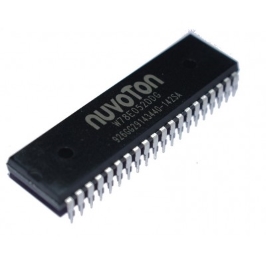 Rated 0 out of 5Sale!Add to cart
Rated 0 out of 5Sale!Add to cart₹200.00Original price was: ₹200.00.₹96.00Current price is: ₹96.00. -

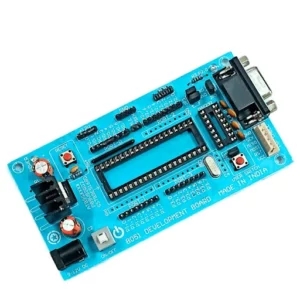 Rated 0 out of 5Sale!Add to cart
Rated 0 out of 5Sale!Add to cart₹450.00Original price was: ₹450.00.₹254.00Current price is: ₹254.00.
-


 Rated 0 out of 5Sale!Add to cart
Rated 0 out of 5Sale!Add to cart₹850.00Original price was: ₹850.00.₹678.00Current price is: ₹678.00. -


 Rated 0 out of 5Sale!Add to cart
Rated 0 out of 5Sale!Add to cart₹1,690.00Original price was: ₹1,690.00.₹1,488.00Current price is: ₹1,488.00. -

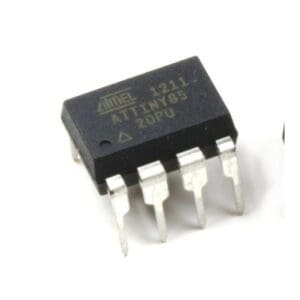 Rated 0 out of 5Sale!Add to cart
Rated 0 out of 5Sale!Add to cart₹300.00Original price was: ₹300.00.₹250.00Current price is: ₹250.00. -

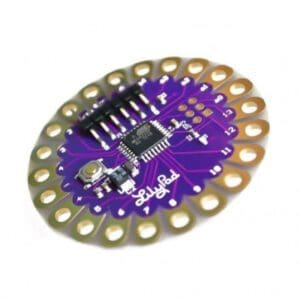 Rated 0 out of 5Sale!Add to cart
Rated 0 out of 5Sale!Add to cart₹750.00Original price was: ₹750.00.₹660.00Current price is: ₹660.00. -

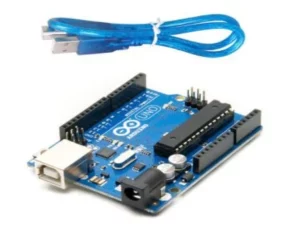 Rated 0 out of 5Sale!Add to cart
Rated 0 out of 5Sale!Add to cart₹1,050.00Original price was: ₹1,050.00.₹625.00Current price is: ₹625.00. -

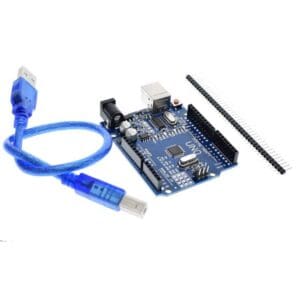 Rated 0 out of 5Sale!Add to cart
Rated 0 out of 5Sale!Add to cart₹800.00Original price was: ₹800.00.₹569.00Current price is: ₹569.00. -

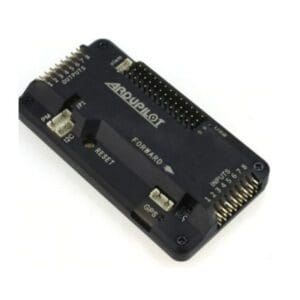 Rated 0 out of 5Sale!Add to cart
Rated 0 out of 5Sale!Add to cart₹5,999.00Original price was: ₹5,999.00.₹4,768.00Current price is: ₹4,768.00. -

 Rated 0 out of 5Sale!Add to cart
Rated 0 out of 5Sale!Add to cart₹2,279.00Original price was: ₹2,279.00.₹1,948.00Current price is: ₹1,948.00. -

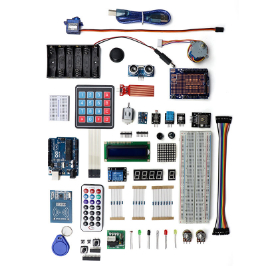 Rated 0 out of 5Sale!Add to cart
Rated 0 out of 5Sale!Add to cart₹5,000.00Original price was: ₹5,000.00.₹2,772.00Current price is: ₹2,772.00. -

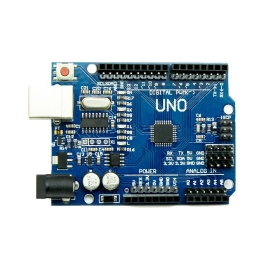 Rated 0 out of 5Sale!Add to cart
Rated 0 out of 5Sale!Add to cart₹750.00Original price was: ₹750.00.₹519.00Current price is: ₹519.00.
-

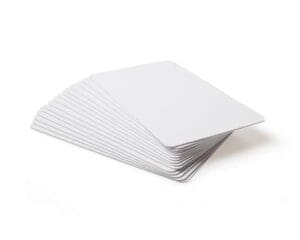 Rated 0 out of 5Sale!Add to cart
Rated 0 out of 5Sale!Add to cart₹499.00Original price was: ₹499.00.₹369.00Current price is: ₹369.00. -

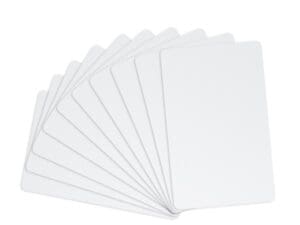 Rated 0 out of 5Sale!Add to cart
Rated 0 out of 5Sale!Add to cart₹299.00Original price was: ₹299.00.₹119.00Current price is: ₹119.00. -

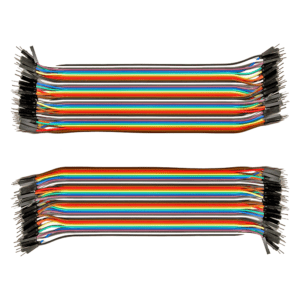 Rated 0 out of 5Sale!Add to cart
Rated 0 out of 5Sale!Add to cart₹189.00Original price was: ₹189.00.₹120.00Current price is: ₹120.00. -

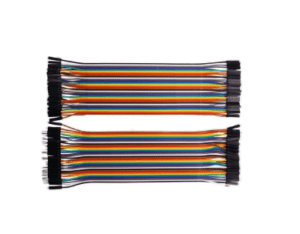 Rated 0 out of 5Sale!Add to cart
Rated 0 out of 5Sale!Add to cart₹179.00Original price was: ₹179.00.₹120.00Current price is: ₹120.00. -

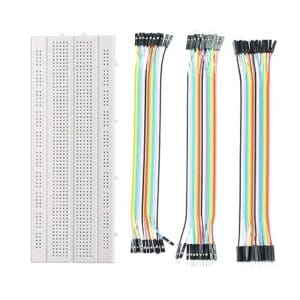 Rated 0 out of 5Sale!Add to cart
Rated 0 out of 5Sale!Add to cart₹299.00Original price was: ₹299.00.₹245.00Current price is: ₹245.00.
For additional blog content, to explore further insights and articles. Click here
433MHz RF Module Works &
Working 433MHz RF Module Works & Interfacing With Arduino Introduction Wireless communication has become an...
Read MoreVoice Recognition Technology
Voice Recognition Technology Introduction Voice recognition technology, a groundbreaking innovation in the realm of electronics,...
Read MoreHow to attach heat sink
How to attach heat sink to raspberry pi 4 INTRODUCTION Attaching a heat sink to...
Read MoreUnderstanding Integrated Circuit And Microchips
Understanding Integrated Circuit And Microchips Introduction Integrated circuits (ICs), often referred to as microchips, are...
Read More


